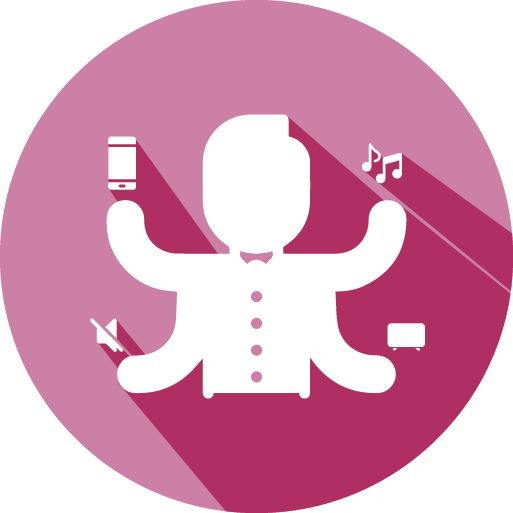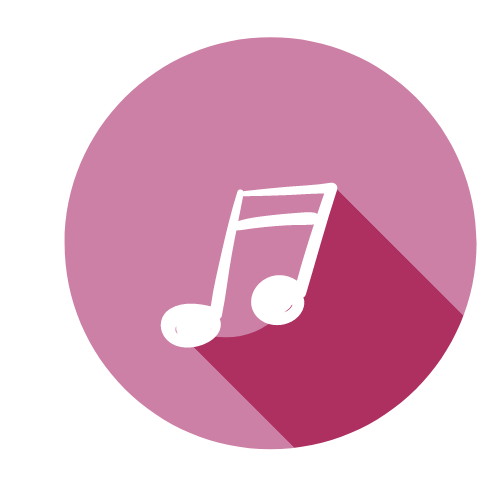The Power of Sound: How Sonic Branding Boosts Your Brand
Relevant topics Archive, Advertising
Think about Netflix’s "Ta-Dum," NBC’s iconic Chimes, McDonald's "I’m Lovin’ It" Jingle, or T-Mobile’s catchy tune at the end of commercials. Chances are, you can hear each of these sounds in your head just by reading their names.
Consumers are constantly bombarded with ads and cutting through the noise has never been more challenging. But what if the key to cutting through the noise isn’t in what you see, but in what you hear - sound itself? Enter Sonic branding.
What is Sonic Branding?
Sonic branding, also known as audio branding, is all about creating a unique auditory identity for your brand, where jingles, sound logos, and music become powerful tools that not only grab attention but also build deeper connections with your audience. Think of it as your brand’s personal soundtrack. These sounds work their magic by embedding themselves in your memory that visuals alone can’t achieve.
Why Does Sonic Branding Matter?
Sonic branding isn’t merely about having background music in content—it’s about creating a lasting impression that boosts brand equity.
Brand equity is the added value that a brand brings to its products or services, beyond what the business actually does or sells customers. It’s the intangibles that makes people choose a familiar brand over a no-name option, even if the actual product is pretty similar. When a brand has strong equity, people are more likely to buy from it, stay loyal, and even pay a bit more because they believe in the brand.
In a recent study by Lena Jayan Varghese, J. Joshua Selvakumar, Arthi.T.S,and Suganya G, researchers found that sonic branding significantly enhances key brand attributes like brand salience, associations, perceived quality, and resonance.
- Brand Salience: How easily a brand comes to mind or recognized when consumers think of a product or service category.
- Brand Associations: The thoughts, feelings, and perceptions that consumers link to a brand.
- Perceived Quality: Customer perceptions of the overall quality of a product or service compared to its competitors.
- Brand Resonance: How much consumers feel like they connect with a brand - the level of attachment and engagement a consumer has with the brand, resulting in brand loyalty.
In simpler terms, the right sound can make your brand more recognizable, relatable, and trustworthy.
Key Takeaways from the Study:
Sound Logos Steal the Show: Sound logos (like the famous McDonald’s jingle I mentioned above) captured the most attention from consumers. These short, distinctive sounds are easy to remember and can significantly boost brand recognition.
Music and Jingles Are Memory Makers: It’s not just about the logo. Music and jingles also play a crucial role in creating lasting memories of a brand. The study found that consumers are more likely to remember a brand when its music resonates with their favorite genres or when the lyrics are meaningful.
Brand Associations Lead to Brand Love: The study highlighted that strong brand associations—those positive connections consumers make with a brand—are the most powerful predictors of brand resonance. The better the associations, the more likely consumers are to develop an emotional attachment to your brand.
Perceived Quality Enhances Loyalty: Sonic branding also influences consumers' perception of the quality of your products or services. When done right, sonic branding can elevate your brand’s perceived quality, leading to increased customer loyalty.
Now, it’s your turn. What’s the sound of your brand? The right sounds can do wonders for your brand’s identity and equity. Remember, your brand’s voice deserves to be heard, but more importantly, remembered.
Further Reading
-
Can Catchy Jingles and Music Capture Consumer Attention during Multitasking?
The battle for the consumer's attention is reaching a climax. Multitasking increased dramatically, especially during commercial breaks, leaving marketers questioning how to capture consumers' attention.
Media multitasking is the most common form of media consumption today. U.S. adults spend more than 10 hours per day in front of a digital device. Furthermore, studies have shown that almost everyone is multitasking while watching TV mostly with a digital device (laptop, tablet, mobile phone), and multitasking behavior especially increased during TV commercials breaks.
Multitasking forces consumers to divide their attention across different types of media content, resulting in lower attention for each stimulus. As a consequence, the simultaneous use of two types of media diminishes the persuasion of such messages and reduces message memory, message comprehension, and message recall and recognition. This leaves marketers wondering how they can attract and maintain consumer attention during TV commercials.
-
Rocking your brand: how music can influence brand perception
Can music make or break a brand's image? It might. In fact, over 90% of TV and radio ads contain little to no words, heavily relying on music to communicate their message.
A recent study bridging marketing, musicology, and cognitive psychology sheds light on the answer. The findings provide valuable insights into the role of music in branding and highlight the importance of specific musical characteristics in shaping consumer perceptions.


